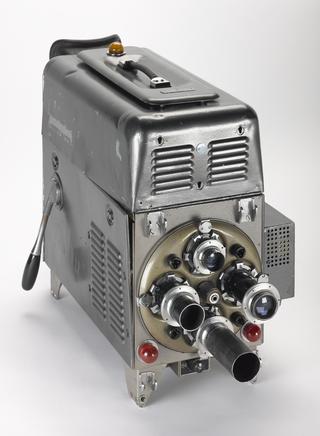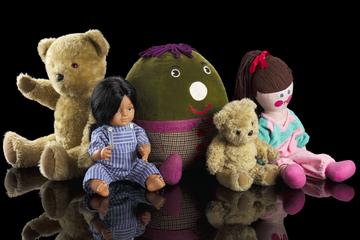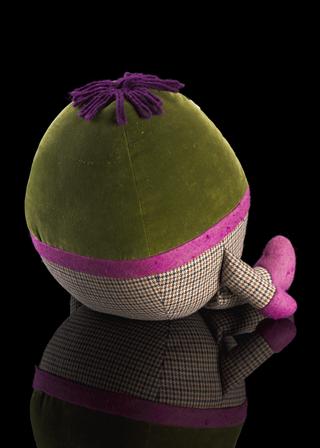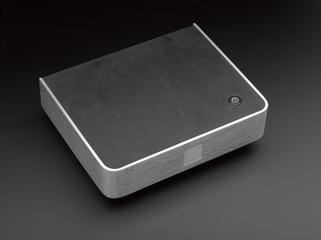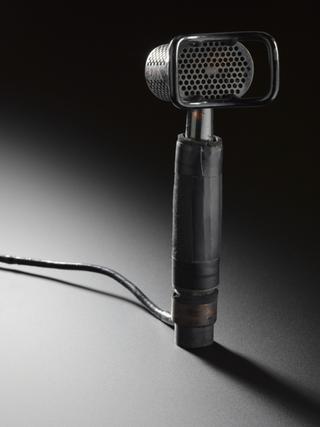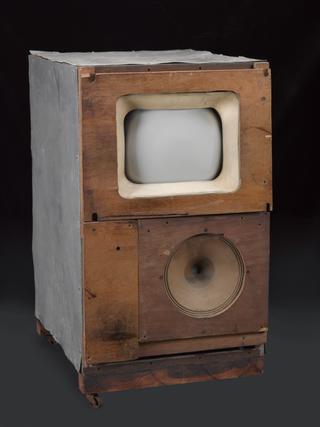
'Poo Cam' Sound Blimp
- Made:
- circa 1995 in Bristol










‘Poo Cam’ sound blimp for Bolex Film Camera used by the BBC Natural History Unit to capture documentary wildlife footage.
A sound blimp is used to reduce the shutter click and mechanism noises made by a film camera. This blimp has been camouflaged by the BBC to resemble mud or dung. The visual disguise and suppression of sound enables covert filming of wildlife subjects, capturing natural subjects at close quarters and without the distraction of human interference.
BBC Natural History Unit was established in Bristol in 1957. The unit has produced landmark television series, including Life on Earth, Planet Earth and Blue Planet. It is considered a world leader in natural history documentary production.
Sir David Attenborough is closely associated with British natural history television, as narrator, presenter and commissioner. He successfully argued for the use of a 16mm Bolex camera on his early filmed programmes such as Zoo Quest, despite the BBC considering the small format to be ‘unprofessional’. The smaller and more lightweight camera enabled greater flexibility on location filming.
Details
- Category:
- Television
- Collection:
- BBC Heritage Collection
- Object Number:
- 2012-5118/940
- Materials:
- textile, metal (unknown) and plastic (unidentified)
- Measurements:
-
overall: 280 mm x 220 mm x 345 mm, 5.82 kg
- type:
- camera component
